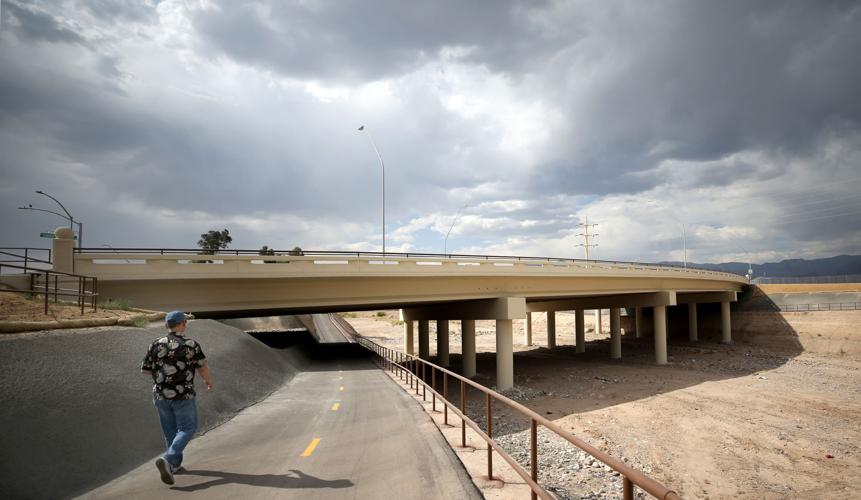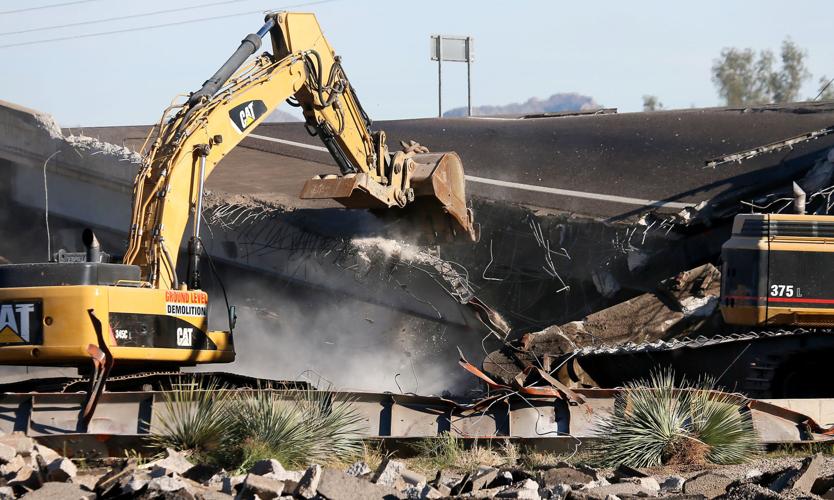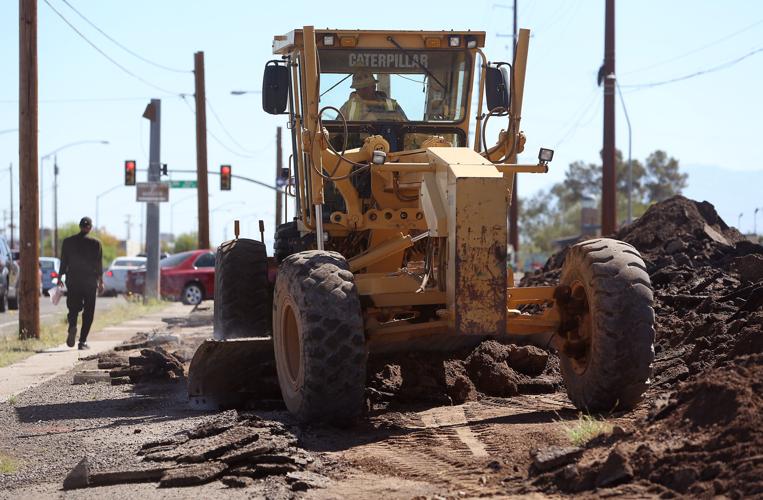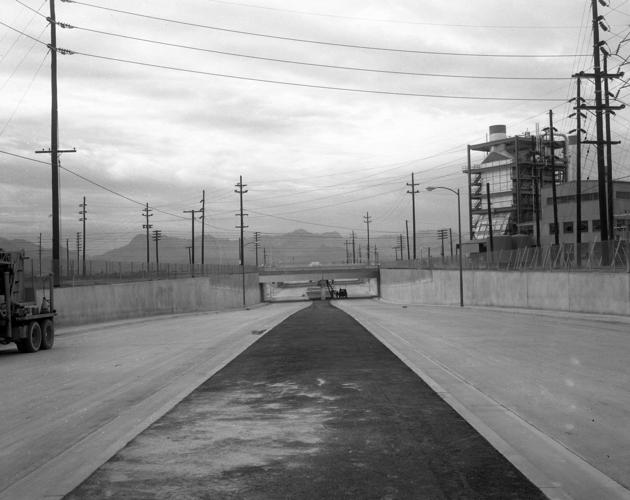In May 2006, Pima County voters approved the Regional Transportation Authority plan and an associated half-cent sales tax that was then estimated to bring in $2.1 billion over 20 years.
What voters were promised was a long list of major transportation projects, including new roadways, widening of existing thoroughfares, bike lanes, safer intersections and transit improvements, among many other items. There were 51 principal elements — projects like Twin Peaks Road from North Silverbell Road to Interstate 10 and the West Ina Road Interchange at I-10 — broken down into roughly 940 sub-projects.
As mandated by state law, the multi-billion dollar effort was audited at the halfway point, and the results were released in late April.
To save you the tedium, the Road Runner gave the 115-page document — prepared by Sjoberg Evashenk Consulting on behalf of the state’s Auditor General — a pretty close read, and the findings can be summarized like this: Things have gone pretty well. A PDF copy of the audit is included in the online version of the story, for those who want to decide for themselves.
“Ten years into the 20-year RTA Plan, the … plan partners are generally delivering the projects as described in the RTA Plan within budget and on-schedule,” the audit report reads.
Roger Cracraft, a member of the Citizens Accountability for Regional Transportation Committee, which is tasked with keeping an eye on the RTA project, agreed that the audit was “very positive.” The RTA board members from Oro Valley, Sahuarita, Tucson, Marana and Pima County had similarly positive things to say.
“This has been an example of the region working together to help everyone in the valley,” Tucson Mayor Jonathan Rothschild said in written comments provided by a spokeswoman. Those comments go on to note that the plan doesn’t “deal with pavement preservation, so local governments are having to handle that on their own during a time when times are tight.”
As of June 2016, 753 of those sub-projects have been completed, 158 were in progress, 26 had not yet started and four were canceled. More than $760 million in RTA funds were expended over the same period, with another $358 million coming from other sources.
Despite the major impact of the Great Recession on sales-tax revenues, the audit concludes that the RTA has “plans in place to ensure projects are completed.”
While estimated revenues through 2026 are now well below the originally estimated $2.1 billion — a recent study conducted by the Eller College of Management put the figure at just shy of $1.6 billion — state and federal money are “expected to cover the shortfall.” Some projects also came in well under engineer estimates, freeing up funds.
While the audit was largely positive, it also had a number of recommendations to improve things over the next decade. The RTA has agreed to implement the changes or has already done so in some cases, according to an April 4 letter from RTA Executive Director Farhad Moghimi.
At the top of the list was the suggestion that the eight jurisdictions adopt ways to “better measure the efficiency and effectiveness of project management.”
The audit also recommended capturing “roadway-related data” to evaluate project performance.
“Because the (plan) was originally not designed with targets for performance outcomes, we cannot evaluate performance related to congestion, mobility, and connectivity over the first 10 years,” a later chapter in the audit opens.
The audit notes that PAG established such goals and metrics last year, meaning that a “future evaluation of performance outcomes should be possible.”
Jim DeGrood, deputy director with the Pima Association of Governments, which manages the RTA, told the Road Runner that the organization is “fully committed to doing it.”
While the timing and form of a possible RTA reauthorization is not at all clear, several officials said the audit would make the case to county voters, who would have to approve any reauthorization, more compelling.
“I think what you tell the voters is, ‘look at the audit,’” Marana Mayor Ed Honea told the Road Runner. “They said that we did what we told you we would do.”
DOWN THE ROAD
Starting Monday, the county transportation department’s contractor VSS International will crack-seal North Thornydale Road from West Ina to Cortaro Farms roads. Crews will work weekdays from 6 a.m. to 6 p.m. through Friday, May 19. Lane restrictions and reduced speeds will be in effect, and law enforcement and flaggers will be on-site to assist.
At 6 a.m. Tuesday, crews will begin installing water lines on North Seventh Avenue at East Grant Road. The work will last through Thursday afternoon, and Seventh will be temporarily closed at the intersection, though business and residential access will be maintained.
Crews with Southwest Gas will start work on their pipelines along North Cherry Avenue Sunday night. The first phase of the project will be between East Mabel Street and East Drachman Street, and the second will be between East Speedway and East Helen Street. Work will take place between 7 p.m. and 6 a.m. Sunday through Friday. South of Speedway on Cherry to East Second Street, there will be a 24-hour road closure until late summer. Southwest recommends using North Mountain or Campbell avenues during the work, according to a release from the company.








